Natura2000 Conservation Programmes
These specific cases are involved with the species and habitat conservation. These are just three of many programmes of Natura2000.
1. Haaksbergerveen, Netherlands-Nature reserve Haaksbergerveen is located between the NL province Overijssel and Germany. Totals 600 hectares, half of which is a bog.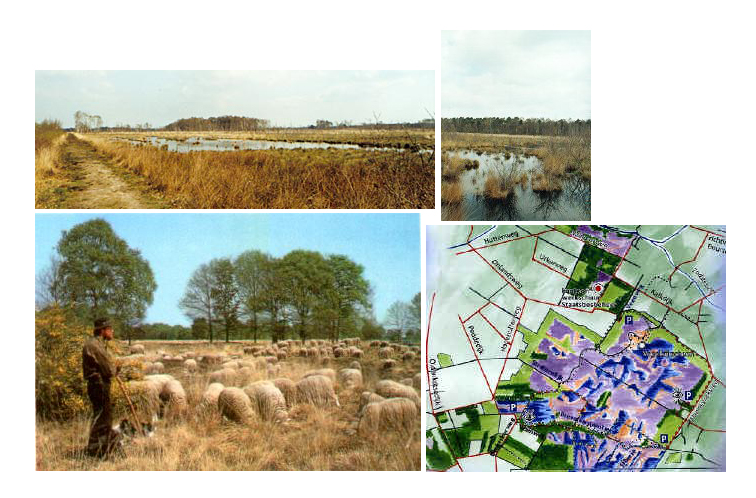
Background: Continually used for recreational and aesthetic purposes. Due to peat cutting, land re-allotment, improved water drainage, and enriched soils, the reserve has become increasingly desiccated. Haaksbergerveen Bog was in danger of drying up and could have been lost forever. The Bog is a "raised bog," which are rare in Holland and need to be protected and sustained. The Bog is also home to the sphagnum plant, one of the few locations for where its existence is possible.
Objectives:
- Secure a sustainable a-biotic system to create the most optimal conditions for the restoration of a vivid bog area.
- Ensure an open moor landscape to reduce the evaporation of the system.
- Create and sustain infrastructure for nature-recreation according to good quality standards by working with local and regional stakeholders.
Impacts and Results: Initial restoration work showed promise of restoring growth and sealing evaporation, received more funding for large-scale implications to commence. Effective water stabilization, buffer zones from human activity, and an infrastructure based on eco-recreation have allowed the area to slowly return to the "raised bog" status. Balancing recreational and ecological functions, Staatsbosbeheer has worked with neighbours, local authorities, and other regional stakeholders. Project is considered a success!
2. Kozjanski Park, Slovenia: Eastern Slovenia with meadow habitats in mountain forests, moist forests, beach forests, and lowland/hill forests.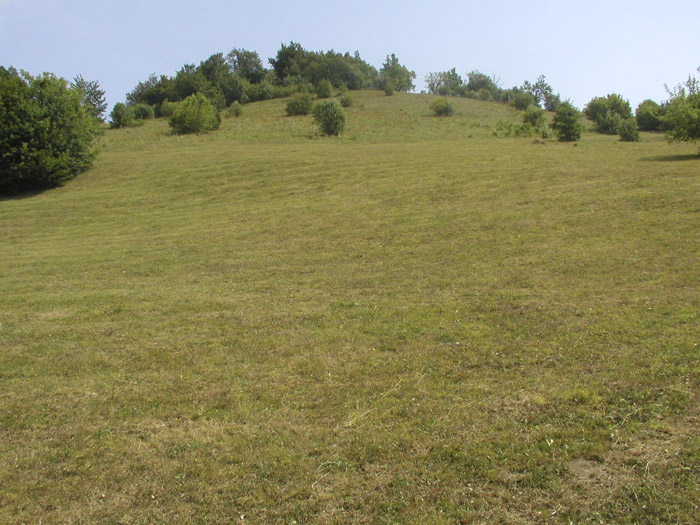
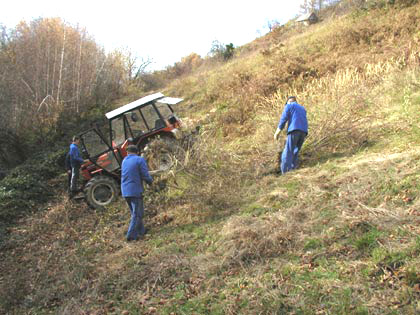
Background: Kozjanski Park is part of the Special Protected Areas (SPA). In the past, meadow orchards were a common component of almost every farm: they provided nourishment, as well as vital habitats for many plant and animal species, especially several Natura2000 birds. They also contributed to the aesthetic makeup of the typical rural landscape of the region. The orchards thrived over vast areas under perfect conditions (climate, relief), but were later extensively demolished.
Objectives:
- Preserve existing biodiversity, sustain sustainable development, prevent further habitat degradation.
- Rejuvenational cutting (over 6,000 trees were cut by Kozjanski Park's workers, free for landowners) and offer demonstrations of rejuvenational cutting-
- Activate brandy- and juice-production workshops
- Organize lectures
- Organize and carry out the regional Apple Fair
- Complete a database (digital data collection). Natura2000 covers 67% of the total protected area, broken down into 5 sites. Management with Natura2000 forests is in the hands of the Public Institute of Forestry. Management with meadow orchards and meadows is also the responsibility of the Public Institute of Agriculture.
Impacts and Results: Some old orchards were demolished, but some new ones were established. Overall, there is a better representation of the traditional fruit varieties. Rejuvenational cutting is still being continued, though on a smaller scale. No formal agreements have been reached between the Park and landowners on permission to freely sell products at the annual Apple Fair. Apple Fair is very successful each year; tree nursery is going well, as many young apple trees are able to be sold at the fair. Kozjanski Park has agreement with the Advisory Service to set up regulations and promotions for nursing and parent orchard awareness.
3. Kinloch and Kyleakin Hills, UK (Isle of Skye, Scotland):
Extensive coastal and upland site on Torridonian sandstone, containing woodlands and other important habitats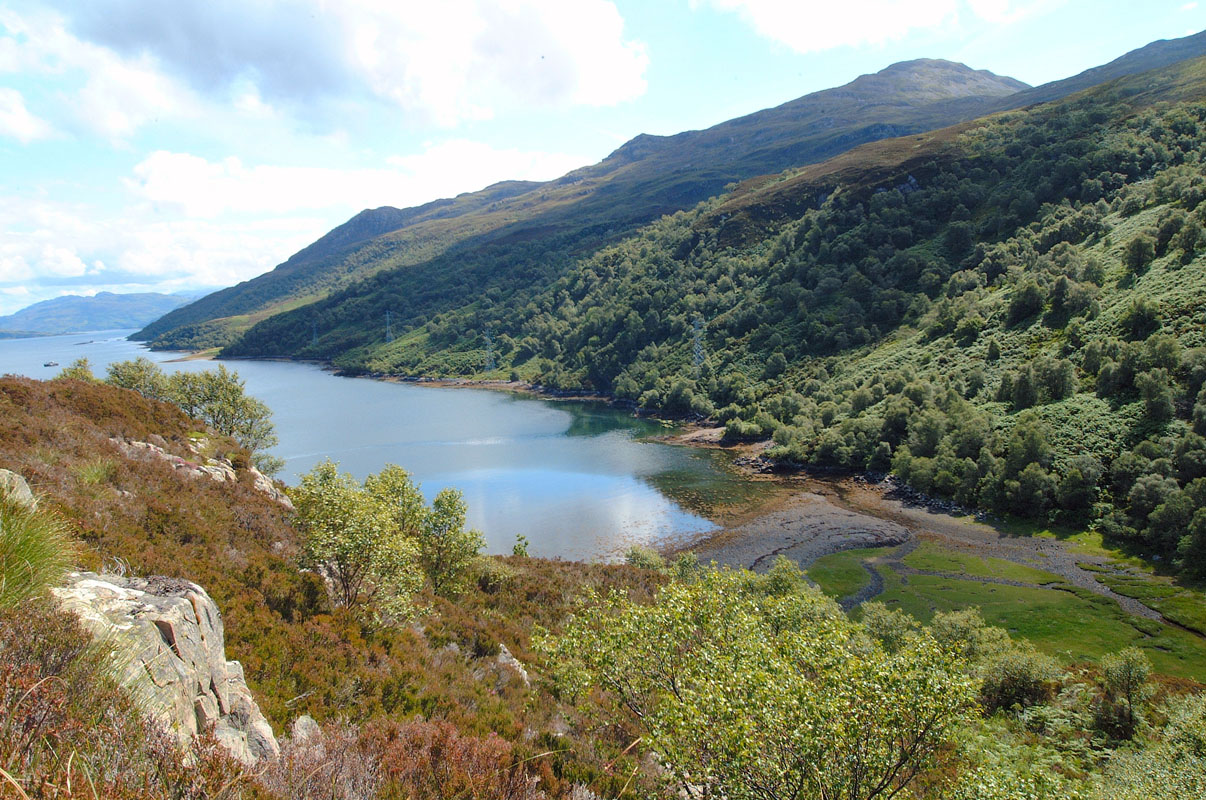
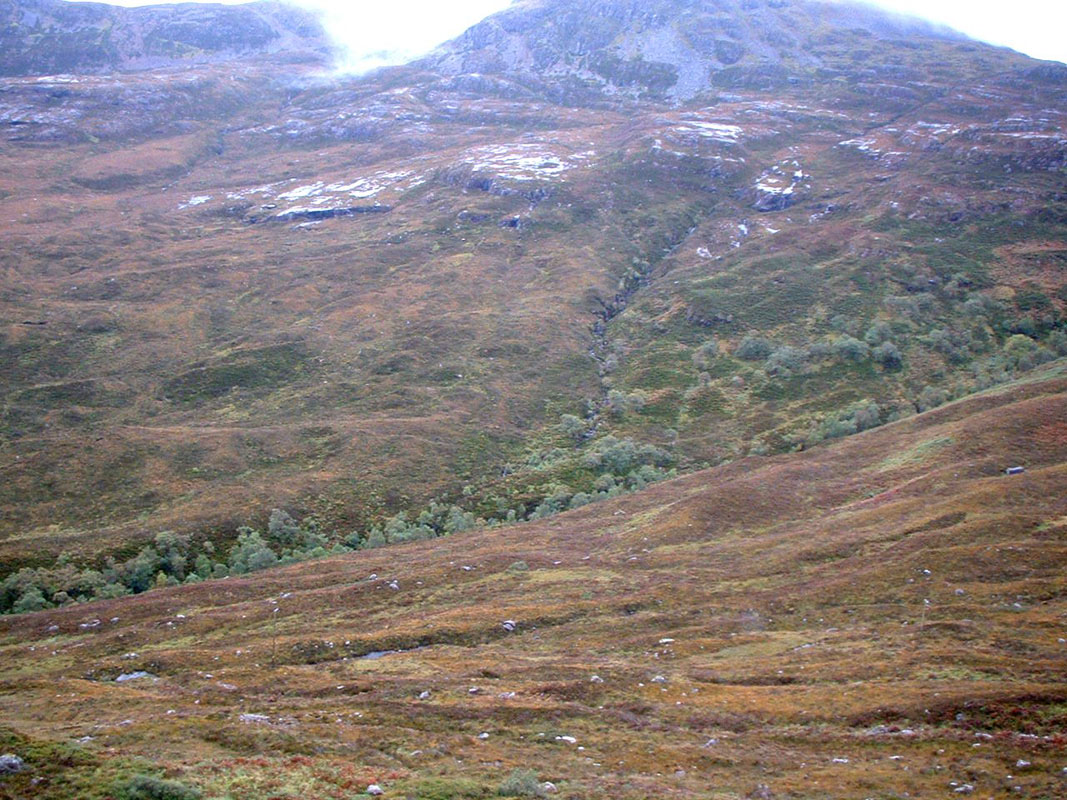
Background: The coastal lowlands are home to a variety of woods, from acidic oak-birch to base-rich ash-hazel, as well as herb-rich ground flora. Several woods support flora such as epiphytes and lichens, which are important to the ecosystem. Many internationally important oceanic species and communities are found in the sandstone ravines. The large central uplands consist of heath, mire and bog habitats, which host a similar range of oceanic plants (mosses, liverworts, lichens). For 30 years prior to Natura2000 and SSSI designation, a timber industry's afforestation programme established and successfully managed non-native tree crops production. The new afforested zones resulted in an explosion of deer population and browsing pressure. Native woodland remnants were suppressed in their ability to regenerate and perpetuate.
Objectives:
- Restore all native woodland and open ground habitats four-fold over five years, to "Favourable" status, through planting and regeneration proposals.
- Remove non-native planted forests where native woodland habitat was compromised by non-native dominance.
- Install a heightened programme of deer control to reduce populations, through deer stalking.
- Remove contradictory deer fencing that concentrates deer browsing pressure on remnant native woodland.
- Lay down a 5km walking and cycling trail network on the outskirts of the site.
Impacts and Results: New native woodland planting is still ongoing, with the last planting phase in 2009. Local Liaison group has been successful in providing effective advice on methods for maintaining community engagement with local stakeholders. Review of the site's Interpretive Strategy hopes to combine Natura2000's sensitive conservation practices with a local desire for development of recreation, environmental and cultural heritage interpretation, and eco-tourism.